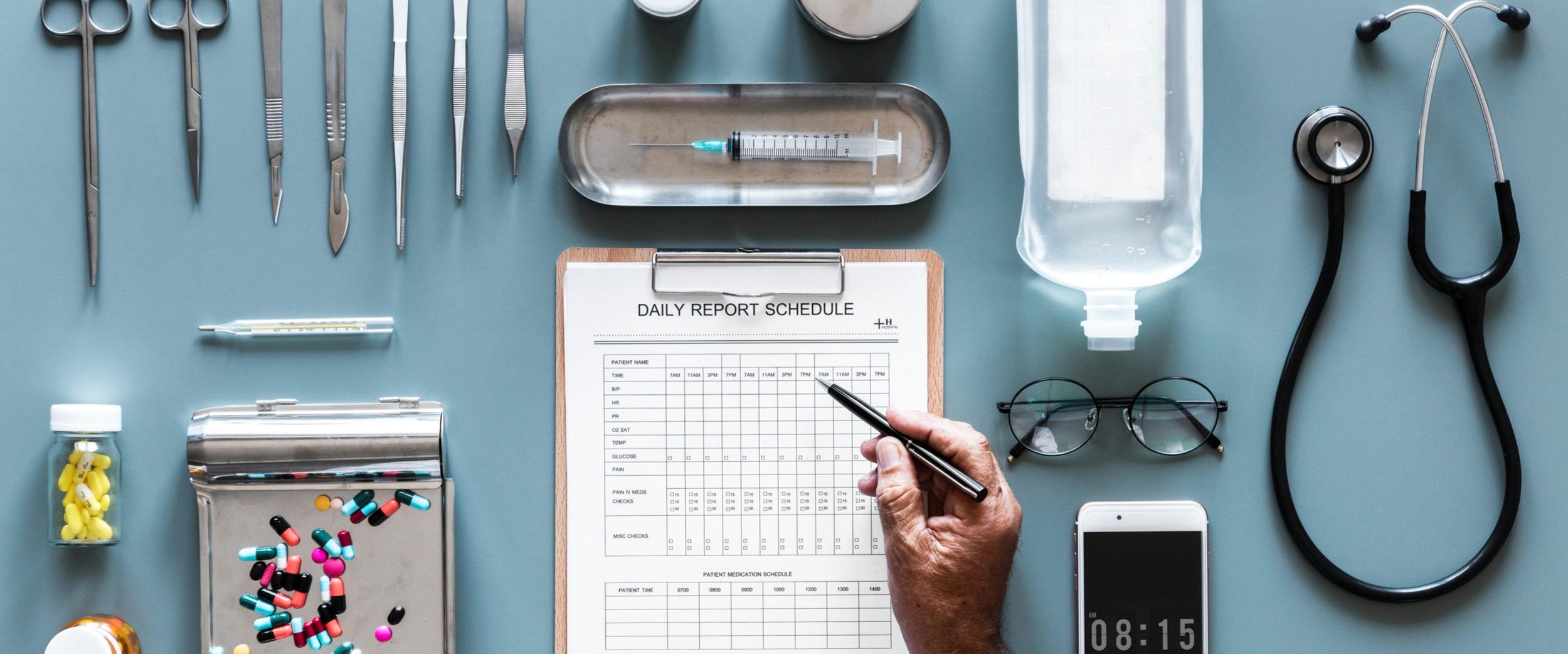By: Dr. Jawaid Younus, Medical Oncologist/Hematologist at London Health Sciences Centre
We are all familiar with generics. The exact copy of the known chemical formula used in the original medicine is what constitutes the generic form of any medicine. There are multiple reasons why generics are able to be mass produced at a lower cost. An important step includes manufacturers of generics having to provide proof that their version is an exact copy of the chemical formula of the original medicine and that when used in healthy individuals, the metabolism remains very similar to the original compound. This shortened pathway of getting approved from Health Canada or a similar regulatory agency ensures less economic burden to manufacturers and provides the obvious advantage of a significantly lower price, as well as improved accessibility for patients.
Medicines that are derived from a biologic system (cells, bacteria etc.) are called biologics. Such medicines are in common use in oncology, rheumatology and other fields of medicine. A copy of the original biologic medicine is called a biosimilar. Biologics have a highly complex structure and therefore biosimilars may not be an exact copy of the original molecule. Health Canada evaluates the applications of biosimilars as a new drug under the Food and Drug Act/Regulations. Health Canada has the Biologics and Genetics Therapies Directorate along with the Marketed Health Product Directorate to evaluate and process the applications for a new biosimilar product. A biosimilar has a similar structure to the original molecule, however, its immunogenicity, which means its ability to induce an immune response, and often one or more efficacy parameters are tested in actual patients in the form of a clinical trial. The complex manufacturing steps and the clinical trial evaluation adds significantly to the cost incurred by the manufacturers. Thus it is expected that biosimilars are not going to be as inexpensive as generics.
There are more questions than answers in the emerging field of biosimilars. The mere introduction of the biosimilar as a “new” entity in the list of therapeutic options presents a learning curve for the clinicians. Should we be replacing the original molecules with biosimilars, similar to generics? Should a patient on treatment with an antibody be switched to the biosimilar instead? There are no standardized recommendations or even a guideline that exists to direct the decision making and thus this presents as a challenge for the treating physicians. In addition, should we be discussing the switch or the use of a biosimilar with our patients? In the Oncology world, the intent of treatment is extremely important and the approach to adjuvant therapy is different than for the advanced disease. One could hypothesize that the introduction of biosimilars will be relatively easier in the advanced setting of the disease as the intent of the therapy is to control the disease, improve disease related symptoms and prolong the disease free and overall survival. This approach may provide enough experience and familiarity to the clinicians and pave the path for the introduction of biosimilars in the adjuvant setting where the intent is prevention of the disease/cure.
Our experience with generics has been different. Despite some variability with generics compared to the original compound, we do not discuss the use of generics in any setting of the disease with our patients. We are using generic chemotherapy and anti-estrogen drugs routinely in the adjuvant and in the advanced disease setting. Then why should we be concerned about the use of biosimilars in these clinical settings? This concern stems from the fact that biosimilars are regarded as a “new” drug and tested within trial/s to confirm relevant characteristics like efficacy and safety. Should one trial in a particular setting be considered as providing enough evidence to start using the biosimilar for that stage of the cancer? The issue also remains that if the biosimilar is tested in the advanced setting then should we feel comfortable in using it in other clinical stages like adjuvant or neo-adjuvant? Let us consider another scenario; a biosimilar had been tested in a trial involving advanced breast cancer patients and was approved. Are we able to use the same biosimilar in patients with cancer of esophagus or stomach? The original biologic product had to undergo multiple clinical trials in every stage of the disease and a similar set of trials for each of the cancers to get specific indications for its use.
The post marketing surveillance by Health Canada may give us some answers from the safety perspective for biosimilars. However, the efficacy parameters are complicated and hard to follow. It will be extremely difficult for an individual clinician or even a cancer centre to accurately collect the efficacy data on biosimilars on a longitudinal basis.
There is another angle to watch the unfolding of biosimilar story. In future, there will be many manufacturers producing biosimilars. This will present a challenge to reimbursement authorities as ideally all approved biosimilars should be available as an option of treatment. Is the decision to prefer one biosimilar over the other will rest on physicians or pharmacists? In Ontario, the clinicians and pharmacists are forced to use only one granulocyte colony stimulating factor (GCSF) biosimilar under the limited use code. In this way, ministry of health, under reimbursement heading, may hold all the power to use a particular biosimilar.
The bottom line with biosimilars remains the same as with generics. We would like to have cheaper and easier access to these complex biologic molecules for every eligible patient. Within this context, we would like to ensure safety and efficacy as well as freedom of choice to select the best suited product for our patients. We hope that with further experience and exposure to the biosimilars, we may get better answers and solutions for clinicians, pharmacists and for the regulatory institutions.







